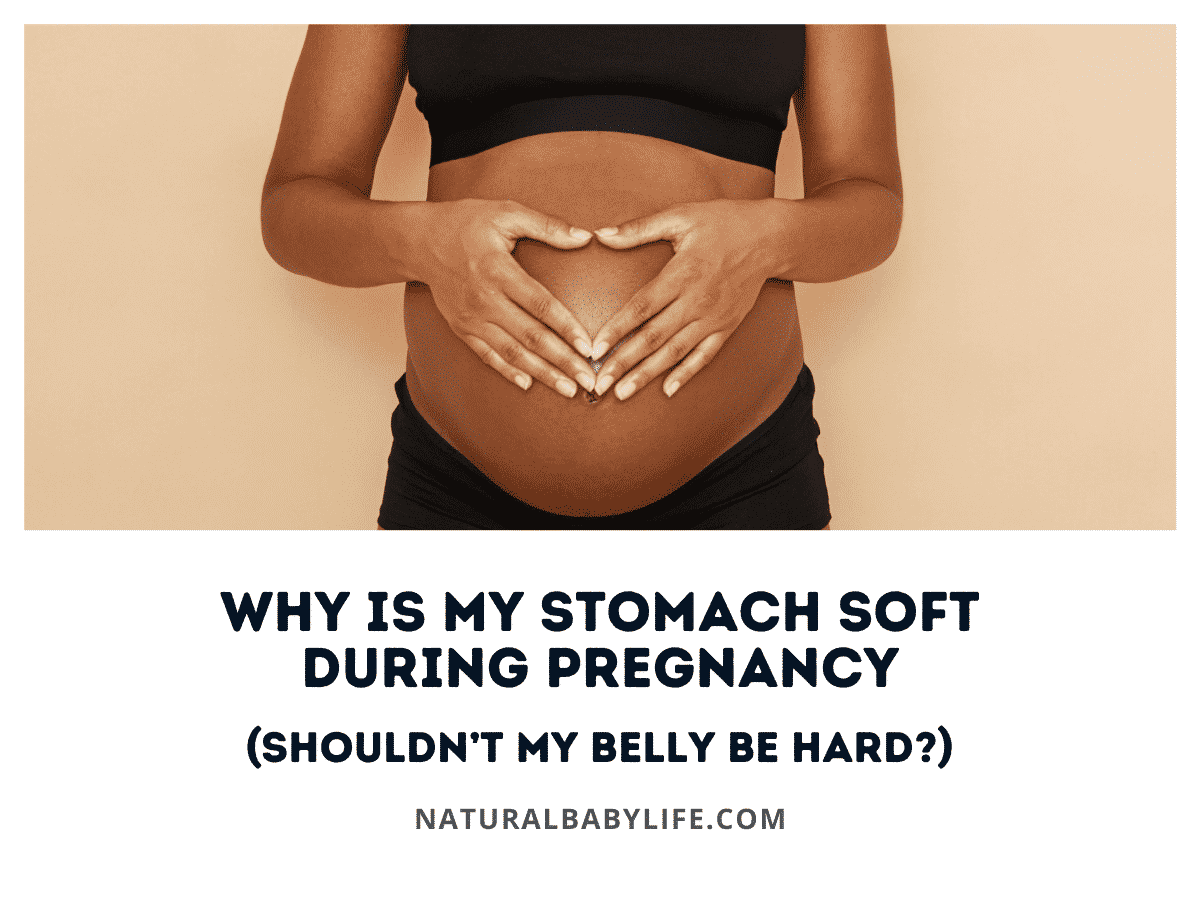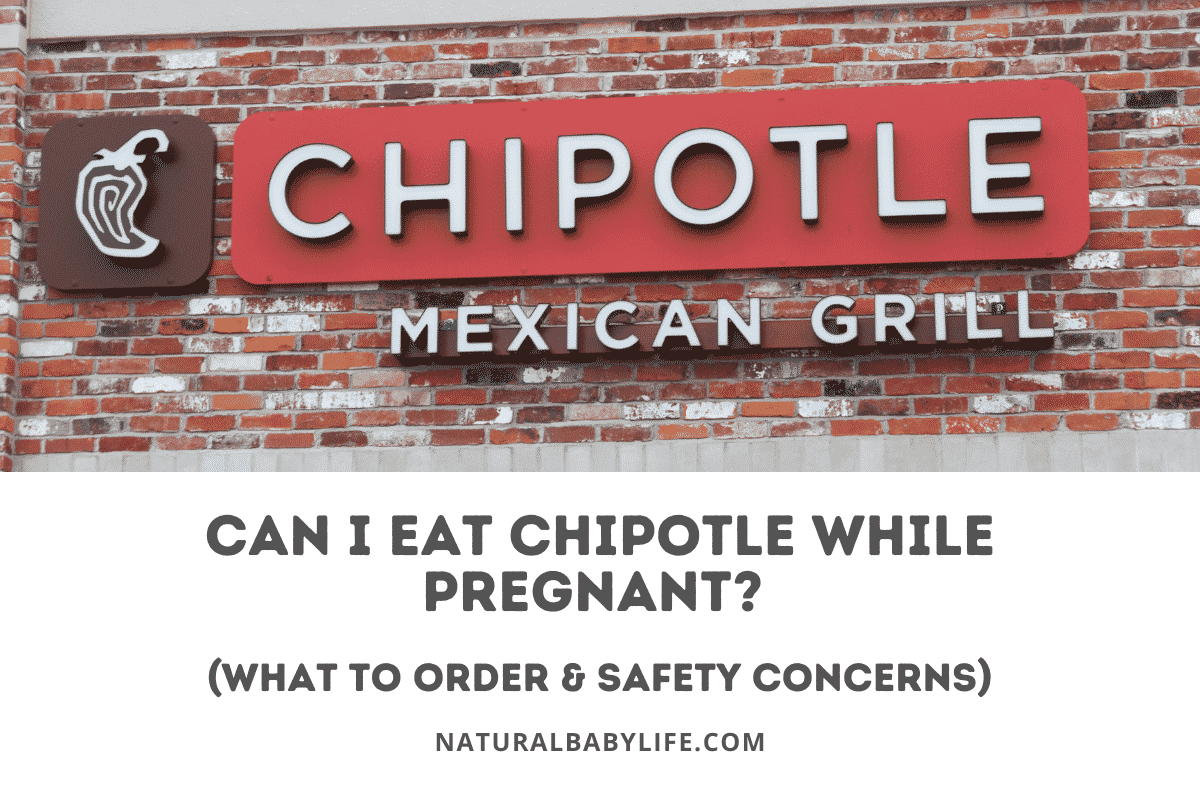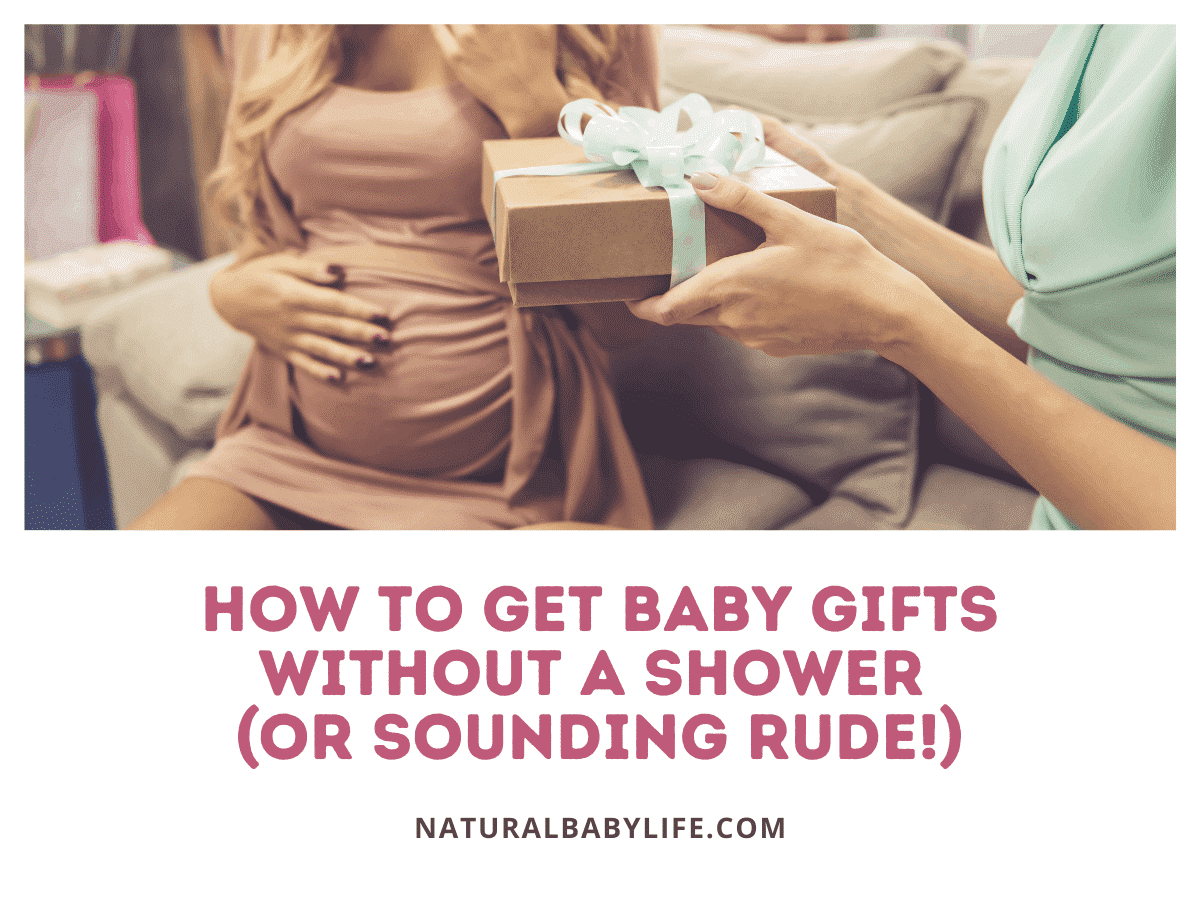When you imagine being pregnant, you probably don’t expect a stomach soft during pregnancy. Comparing your pregnant belly to someone else’s might have you wondering if there’s something wrong with yours; however, there are many factors that influence the size, shape, and feel of your belly.
During pregnancy, a woman’s uterus expands to accommodate her baby which causes her belly to feel hard and tight late in the pregnancy. The tightness of a woman’s belly may even fluctuate throughout the day due to gas and contractions. Hardening of the belly comes at different times for different women and may change dramatically when the baby drops as the birth nears.
Continue reading to learn more about how your belly changes throughout your pregnancy and what factors influence your bump.
Table of Contents
Stomach soft during pregnancy – all bumps are different
Many women start feeling pregnancy symptoms soon after they discover they are pregnant; however, most women won’t notice their bump until late in their first trimester–or even later! Many of us associate pregnancy with hard, round bellies, but there’s a lot of variation between women and even between pregnancies.
Comparing your bump to other women’s can make you concerned about your pregnant belly. It’s important to remember that all women carry differently. For instance, women with a higher fat percentage may maintain a soft belly for longer, because their womb has more room to grow. It’s not uncommon for plus-size women to retain a soft stomach during late pregnancy.
Additionally, first-time mothers may not appear pregnant until well into their second trimesters due to tight abdominal muscles.
Here are some other factors that may influence a woman’s bump:
- Mother’s body type
- Baby’s position
- Placenta location
- Number of babies
- Uterus shape
- Previous pregnancies
- Amount of fluid
Even throughout the day, you may notice changes to your bump. Many women report that their bellies seem softer and smaller in the morning compared to the evening. According to Susannah Birch, a birth doula, this is primarily because your abdominal muscles begin to loosen throughout the day. Additionally, your baby’s position and factors such as gas and contractions may cause your belly to change size, shape, and feel.
If you are worried about your pregnant belly being too soft, check in with your OB/GYN or midwife. Keeping up with your regular prenatal visits will help you maintain a healthy pregnancy and ease your worries.
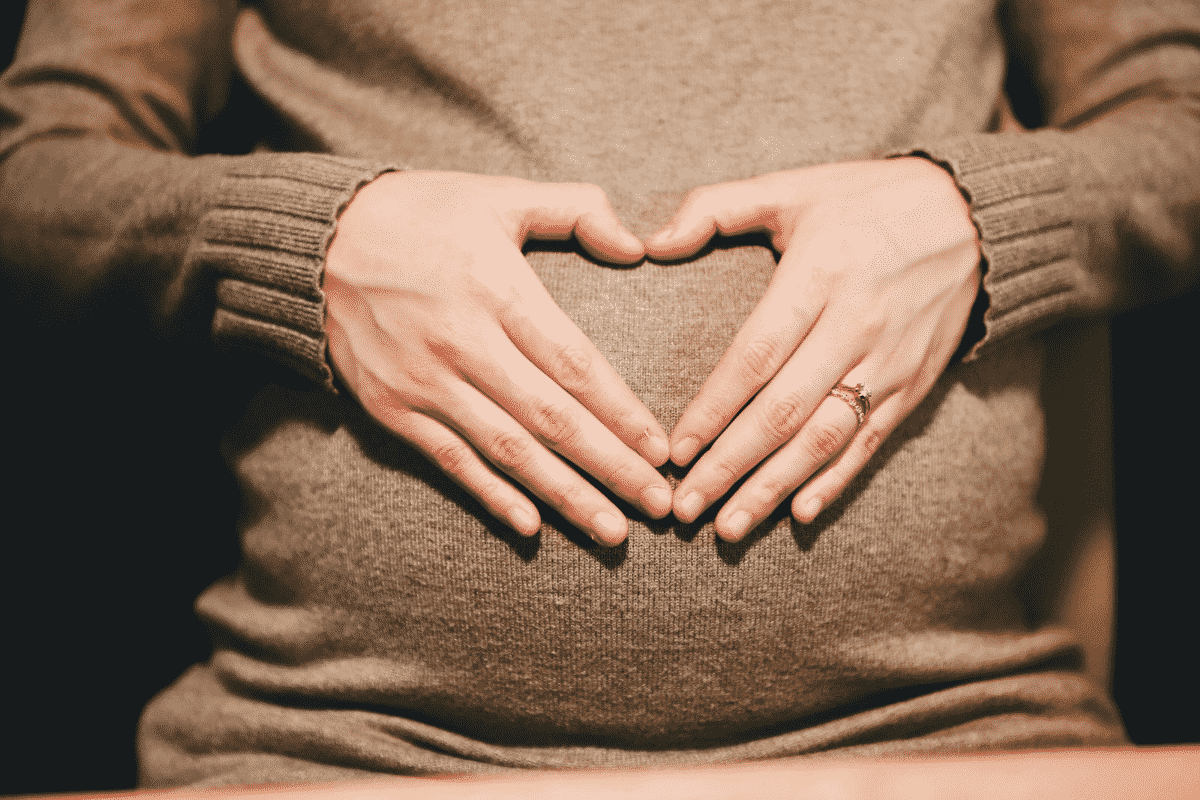
Why do bellies get hard during pregnancy?
The uterine expansion causes your belly to grow and become increasingly hard as you near your due date. Though every mother experiences this progression, it will look different for each woman. Some expecting mothers notice this tightening in the belly in their first trimester, while others don’t feel this until much later.
Reasons your belly may become hard during pregnancy include:
- Uterine expansion
- Gastrointestinal (GI) issues (e.g. gas, bloating, constipation)
- Baby changing position or dropping
- Braxton-Hicks contractions
- True labor contractions
GI issues, baby positioning, and contractions may all cause hardening of the stomach; however, these symptoms usually come and go. The transient nature of these symptoms can have women’s stomachs feeling hard one minute and soft the next. This can be worrying to women who feel like their bump is disappearing.
Why is my pregnant belly sometimes hard and sometimes soft?
Every woman and every pregnancy is different but in most cases, it is normal for the stomach to be harder sometimes and softer at others.
A woman’s pregnant belly can become harder or softer depending on the position of the baby, kicking and other movements, gas, cramps, fat gain, and, later in pregnancy, Braxton-Hicks contractions. If you feel a tightness in your belly, especially accompanied by spotting, bleeding, fever, nausea, vaginal discharge, or cold flashes it could be a warning sign of preeclampsia and you should consult your doctor immediately.
Typically, however, you’ll begin to notice that your belly shape, size, and firmness will change a lot throughout your pregnancy and eventually become large and firm heading into the third trimester.
How does a pregnant belly feel throughout pregnancy?
There are many reasons why your belly may become soft or hard during pregnancy.
Depending on the trimester, the state of your bump and the symptoms that influence it will change.
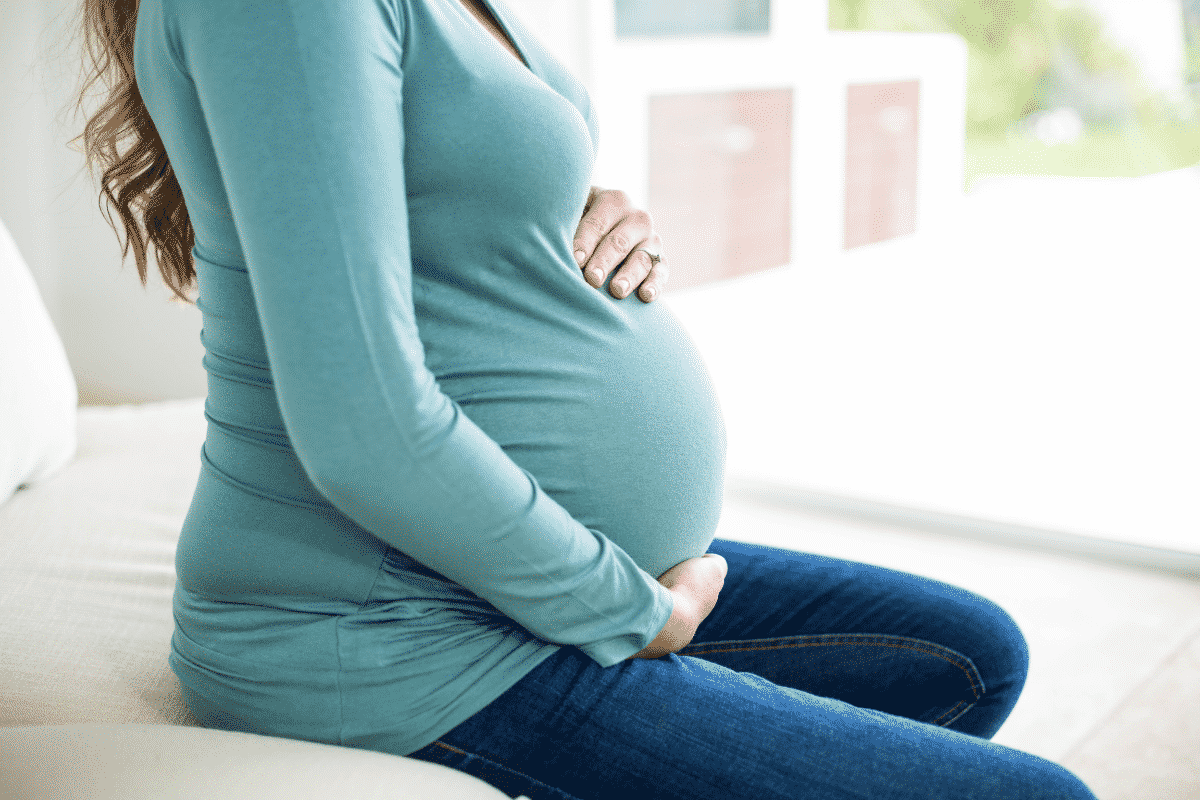
First trimester
Many women feel the full weight of their pregnancy hormones in the first trimester.
These symptoms are common in the first 12 weeks of pregnancy:
- Nausea
- Tender breasts
- Fatigue
- Cravings and food aversions
- Heartburn
- Constipation
- Increased urination
Though expecting mothers experience a multitude of changes in the first trimester, many women don’t start to “show” until the second trimester. Some women may begin noticing a small bump in these early weeks, while others will notice no changes to their bellies.
As your uterus expands, your belly will harden; however, slight swelling usually only appears in the first trimester. At this time, hardening and softening of the stomach may be due to gas and bloating brought on by the pregnancy hormone progesterone.
Most women have a layer of abdominal fat that disguises the very slight uterine growth that takes place during the first trimester. Keep in mind that at 12 weeks, your fetus is only about 6 centimeters long!
Second trimester
The second trimester encompasses weeks 13 to 27 of pregnancy and is the time when women begin to see massive changes in their bodies. In the second trimester, you may notice:
- Growing belly and breasts
- Braxton-Hicks contractions
- Skin changes (e.g. melasma, stretch marks)
- Dizziness
- Sensitive gums
- Leg cramps
- Increased discharge
- Urinary tract infections
- Nosebleeds
Though the second trimester brings on some undesired symptoms, many women feel relief from nausea which is common early in pregnancy. This, combined with the fact that their bellies have “popped” but have not become cumbersome, makes the second trimester most women’s favorite trimester.
According to the American Pregnancy Association, the uterus is about the size of a papaya at this stage and no longer sits within the pelvis. For this reason, most women begin to really “show” in the second trimester. As your uterus grows and abdominal muscles begin to stretch to make way for your growing baby, your belly may begin to feel hard and tight.
In addition to the uterine expansion, Braxton-Hicks contractions may begin during the second trimester. Also known as false labor, these contractions may cause your belly to feel rock hard for up to two minutes at a time.
Third trimester
Your third trimester begins at week 28, and it’s the home stretch. This is when most pregnant people feel that their bellies seem hard for the first time as the fetus fills out and takes up a lot of space in the mother’s abdomen.
Common symptoms at this time include:
- Braxton-Hicks contractions
- Heartburn and indigestion
- Back pain
- Shortness of breath
- Frequent urination
- Swelling
- Increased pelvic pain
Before you give birth, your uterus will reach the size of a watermelon. At this point, your belly will feel hard as your skin is tightly stretched over your womb. Whether you are carrying large or small, most women experience a great deal of discomfort at this point in their pregnancy.
Later in your third trimester, your baby will drop lower into your pelvis in preparation for birth. At this time, you will feel more weight in your lower belly. Though this may allow you to breathe more easily, you may experience more pelvic pain and bladder issues.
Braxton-Hicks contractions will likely increase in frequency as you near your due date. These will cause your already firm belly to become even tighter.
Similar to Braxton-Hicks contractions, true labor contractions will cause your belly to become tight; however, these contractions will occur at regular intervals, with increasing frequency and intensity. And of course, true labor contractions move your baby down the birth canal.
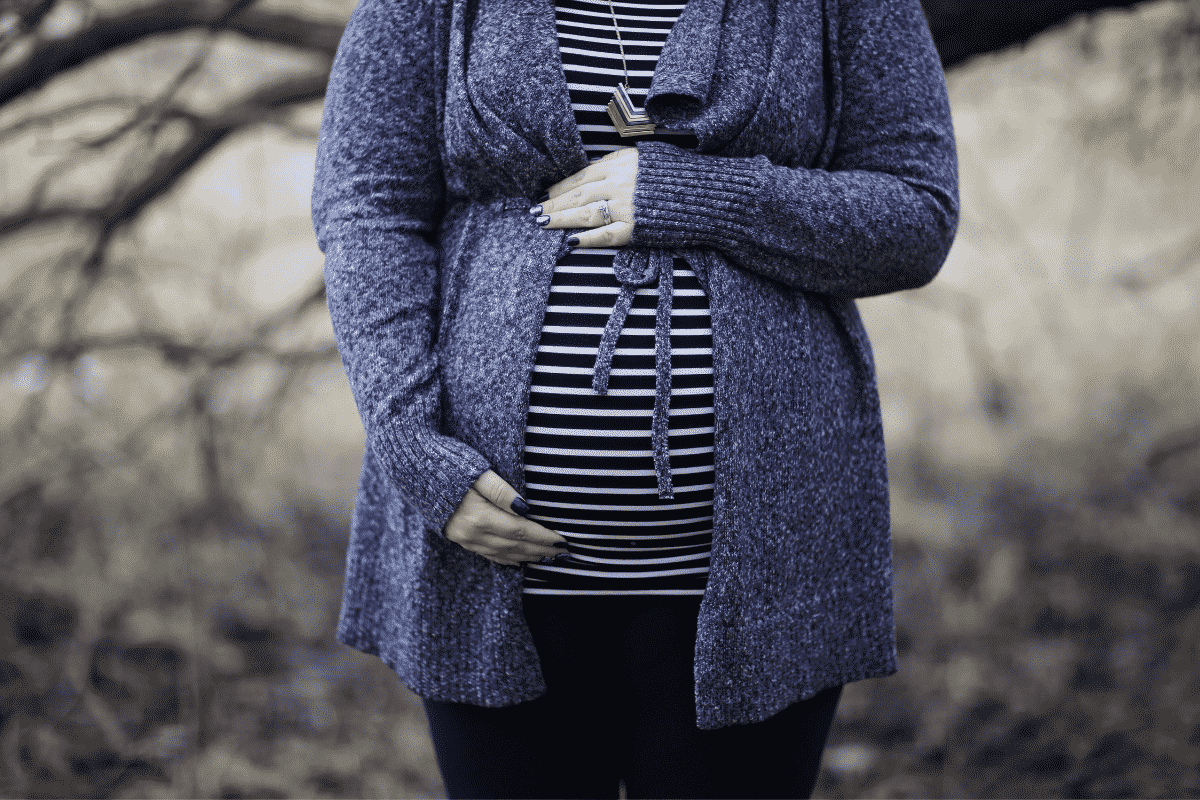
What causes a hard belly during pregnancy?
There are a variety of reasons why your belly may become hard during pregnancy.
Some factors cause increased firmness over time, while other symptoms come and go.
Expanding uterus
By the end of her pregnancy, a women’s uterus will stretch from the size of an orange to the size of a watermelon to accommodate her unborn baby.
As your uterus expands, your belly will become larger, causing your abdominal muscles to stretch and your skin to become tight. The larger your uterus stretches, the tighter and harder your stomach will feel.
As your uterus expands outwards, creating your bump, it also expands inwards, displacing and putting pressure on your other organs. This can cause extreme discomfort, especially in the third trimester.
Gas
Many women are plagued with gas and other GI issues during pregnancy.
This is caused by pregnancy hormones like progesterone, which is essential for maintaining a healthy womb for your growing baby. These hormones relax muscles in your intestines, causing your digestion to slow down. Gas can cause your belly to become hard and uncomfortable during pregnancy.
Try the following to help alleviate gas during pregnancy:
- Drink plenty of water
- Avoid gas or constipation-inducing foods (dairy, soda, cruciferous vegetables, etc.)
- Stay active
- Intake more fiber
Braxton-Hicks contractions
Braxton-Hicks contractions are common in the second and third trimesters and are characterized by abdominal tightening or uterine spasms. These contractions are sometimes mistaken for early labor, but they are actually the body preparing for labor. Unlike true labor contractions, Braxton-Hicks are irregular and can last up to two minutes.
Braxton-Hicks can feel like menstrual cramping but are sometimes painless. If you notice your belly becoming hard, then soft, you may be experiencing Braxton-Hicks contractions.
Here are some ways to manage uncomfortable or painful Braxton-Hicks:
- Hydrate
- Take a warm bath
- Change position or activity
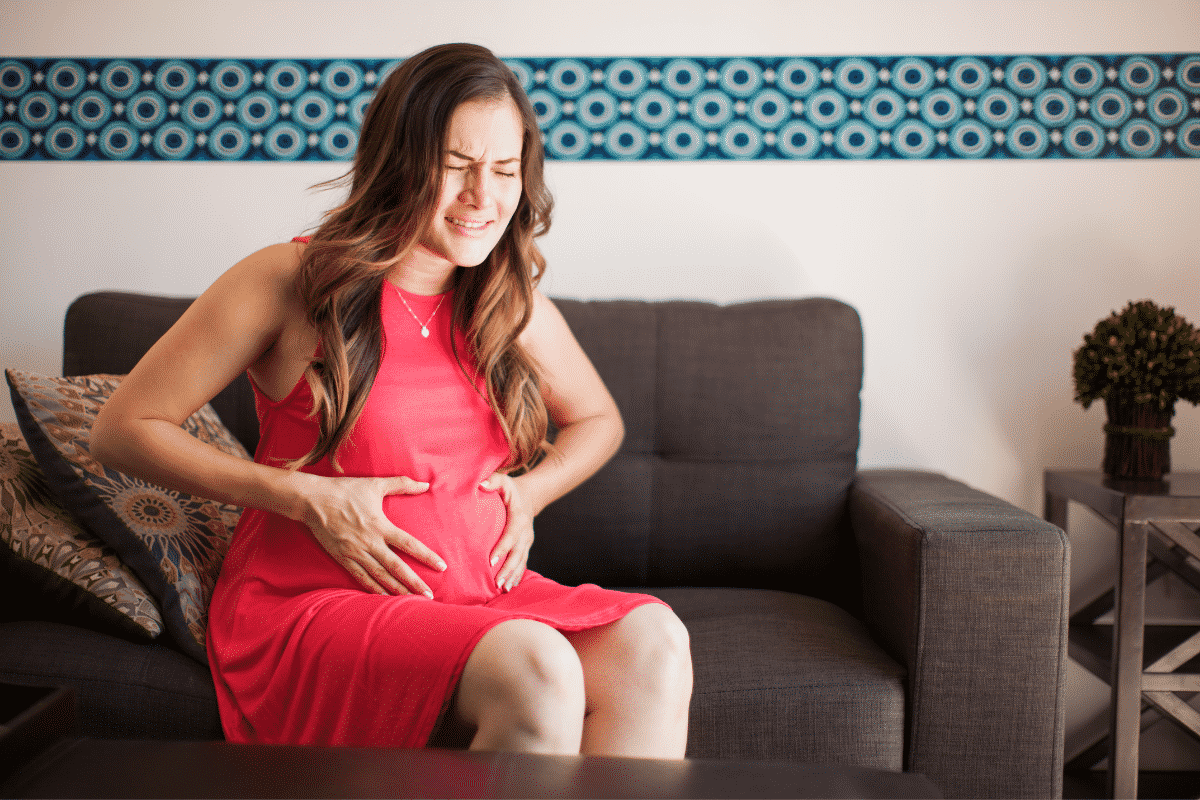
Baby Positioning
As your baby grows, you will notice them exploring different positions in your womb.
This exploration will become increasingly apparent as they become bigger and bigger because you will feel every kick and twist. Depending on how your baby is situated, your belly may feel hard in certain areas and soft in others. For example, you might notice your baby’s booty pressing outward and forming a relatively large, hard part pressing against your abdominal walls.
Assessing your baby’s position is called belly mapping, and it is often done towards the end of pregnancy to determine whether your baby is head-down before delivery.
Baby dropped
Late in the third trimester, your baby’s head will drop lower into the pelvis in preparation for birth. This is sometimes called “lightening,” because it relieves some of the pressure from the mother’s organs.
Most women notice that their bellies become slightly softer at the top and heavier at the bottom after their baby drops.
Here are some additional signs that your baby may have dropped:
- Pelvic pressure and pain
- Frequent urination
- Back pain
- Increased discharge
- Hemorrhoids
- Easier breathing
- Increased appetite
Labor
With Braxton-Hicks, or false labor contractions, being common at the end of pregnancy, it can be hard to know when you are truly in labor. Braxton-Hicks and true labor contractions feel similar to many women.
Similar to Braxton-Hicks contractions, true labor contractions cause your belly to feel tight and hard.
Real Labor vs. False Labor
| Real Contractions | False (Braxton-Hicks) Contractions | |
|---|---|---|
| Intervals | Regular | Irregular / Infrequent |
| Duration | 30-70 seconds | 15-30 seconds |
| Intensity | Increases over time | Stays about the same |
| Alleviation | n/a | Change position Take a bath |
| Other Symptoms | Increased back and/or pelvic pain Water breaking | n/a |
How does a pregnant belly feel?
Based on the way people like to grab pregnant women’s bellies, you’d think they would feel truly remarkable, right?
Depending on your body size before pregnancy and your pregnancy weight gain, your stomach might look pretty normal for many weeks into your pregnancy. You might notice a bit of underlying hardness if you prod you abdomen between your belly button and pubic bone.
Once your belly gets quite large, it can feel uncomfortably hard. Again, this varies from person to person. If you have a lot of body fat, your baby belly might still feel soft and cushioned.
Why does my baby bump look smaller some days?
Especially in early pregnancy, it can feel scary if you notice your bump is smaller than it was the day before. You might notice this if you can suddenly button some pants that were too tight a few days ago.
Don’t panic! It’s not a sign that your baby has stopped growing or that you’re not pregnant anymore.
In early pregnancy, your fetus is so small that your bump doesn’t exactly reflect your baby’s size at any given time. If your stomach suddenly seems smaller, it could be that you’ve lost some weight due to morning sickness or food aversions.
As always, if you have significant concerns or symptoms, contact your obstetrician’s office for follow-up.

